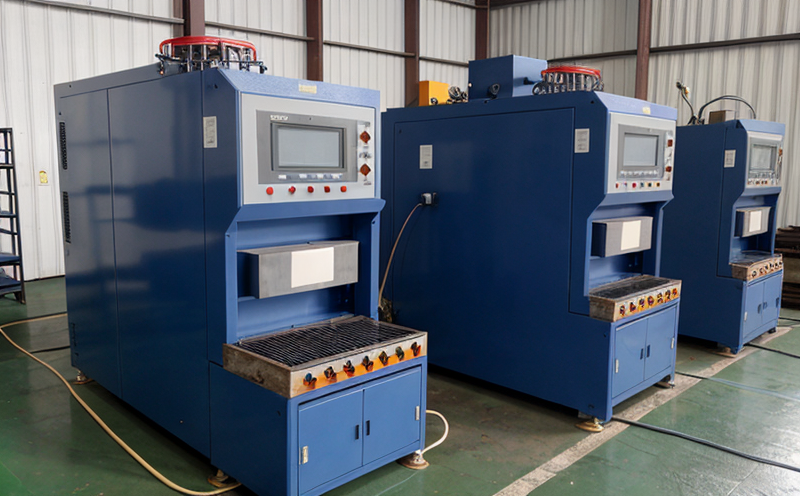ISO 1514 Paint and Primer Raw Material Testing
The ISO 1514 series of standards provides a robust framework for testing raw materials used in paint and primer formulations. This service focuses on the compliance with these internationally recognized standards, which are essential for ensuring consistent quality and performance across various industrial sectors.
Understanding the context is crucial when discussing ISO 1514. It encompasses a range of tests that evaluate the physical and chemical properties of raw materials such as pigments, solvents, resins, and additives used in coatings. The primary goal is to ensure these raw materials meet the stringent requirements set by international standards, which are critical for both product quality and regulatory compliance.
The ISO 1514 series includes several tests tailored specifically for different types of raw materials. For instance, ISO 1514-2 deals with the determination of pigment dispersibility in paint, while ISO 1514-3 focuses on the viscosity measurement at various temperatures.
The testing process for ISO 1514 involves multiple steps to ensure accuracy and reliability. Raw materials are first subjected to rigorous quality control measures to confirm their identity and purity. This includes spectroscopic analysis, particle size distribution studies, and other relevant tests that align with the specific requirements of each standard within the series.
Once the raw materials pass these preliminary checks, they undergo a series of standardized tests designed to assess their performance characteristics. For pigments, this may include fineness measurement, colorimetric analysis, and stability testing under different conditions. Solvents are evaluated for volatility, flash point, and compatibility with other components in paint formulations.
Resins and binders, which form the backbone of coatings, are tested for their curing behavior, adhesion strength, and resistance to various environmental factors such as UV radiation and humidity. Additives like thickeners, biocides, and flow modifiers are also evaluated based on their impact on the overall formulation.
The results from these tests are meticulously documented and compared against specified acceptance criteria outlined in ISO 1514. Compliance with these standards ensures that raw materials meet not only internal quality specifications but also external regulatory requirements, thereby enhancing product performance and reliability across diverse industrial applications.
Benefits
- Enhanced Product Quality: Ensures consistent and high-quality paint and primer formulations by adhering to international standards.
- Regulatory Compliance: Helps manufacturers meet stringent regulatory requirements, reducing the risk of non-compliance penalties.
- Improved Customer Satisfaction: By ensuring raw materials meet strict quality criteria, it leads to more reliable and durable products.
- Cost Efficiency: Prevents costly rework or product recalls by identifying issues early in the manufacturing process.
The adherence to ISO 1514 not only enhances product performance but also fosters trust among consumers, distributors, and regulatory bodies. This service ensures that every batch of raw materials is tested rigorously against international standards, thereby contributing significantly to long-term business success.
Quality and Reliability Assurance
- Comprehensive Testing: Our laboratory uses advanced instrumentation and techniques to perform a wide range of tests that comply with ISO 1514 standards.
- Expertise and Experience: Our team comprises highly skilled professionals who are well-versed in the nuances of these international standards.
We maintain strict quality control measures throughout the testing process, ensuring accuracy and reliability. From sample preparation to result interpretation, our processes are designed to meet the highest standards of precision and repeatability.
Our commitment to quality is further reflected in our adherence to ISO/IEC 17025 accreditation, which ensures that all tests conducted here are accurate, reliable, and traceable. This accreditation guarantees that our services meet international best practices, providing peace of mind for our clients.
Use Cases and Application Examples
The application of ISO 1514 in industrial manufacturing and processing is extensive across various sectors such as automotive, construction, and aerospace. In the automotive industry, ensuring that raw materials used in paint formulations meet stringent standards can significantly impact vehicle durability and aesthetic appeal.
In the construction sector, compliance with these standards ensures that coatings applied to structures are not only aesthetically pleasing but also provide long-lasting protection against environmental degradation. Similarly, in aerospace applications, where materials must withstand extreme conditions, ISO 1514 testing is crucial for maintaining the integrity and longevity of aircraft components.
For R&D engineers, this service offers valuable insights into how different raw materials perform under various conditions. This data can be instrumental in developing innovative formulations that meet both performance expectations and regulatory requirements.
Procurement teams benefit greatly from ISO 1514 testing as it allows them to select suppliers who adhere strictly to international standards. This not only ensures consistent quality but also fosters a collaborative environment where suppliers are motivated to continually improve their processes.





